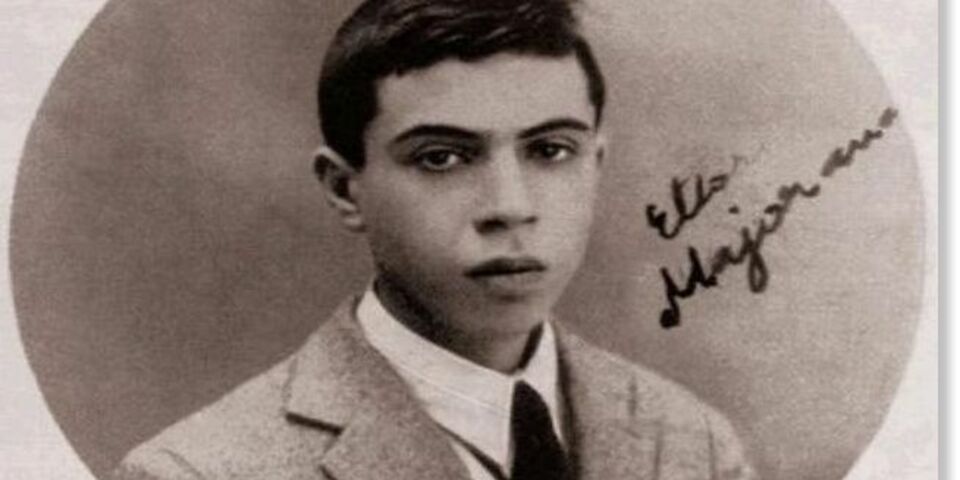Nano-crossings next step towards quantum computer
TU/e researchers of Photonics and Semiconductor Nanophysics (PSN) led by prof.dr. Erik Bakker have managed to create crossing nanowires from the material indium antimonide. They and their Delft colleagues announced their findings in an article that was published online on Nature Nanotechnology last Sunday. The nanowires might allow for the realization of a quantum computer based on Majorana particles.
Already in 1937 did Italian Ettore Majorana predict their existence: particles without any electric charge, magnetic properties, or even energy. Last year in Delft, the group of Leo Kouwenhoven spotted them for the first time, in Eindhoven-made nanowires then, too. Well, they saw particles that closely resembled Majoranas at least.
To be absolutely sure, you have to manipulate the particles – which aren’t real particles like electrons or protons, but ‘excitations’ in a nanowire – by having them change positions, for example. That way it’s possible to determine if they merely resemble Majoranas, or actually behave like them, too. Should that work, researchers will kill two birds with one stone, because according to predictions, Majoranas are the ideal bits for quantum computers.
The new, crossing nanowires are a major step forward for the Delft-Eindhoven team. “This gives us a major advantage compared to other groups looking to confirm the existence of the Majorana particle”, says Erik Dekkers in newspaper NRC, which dedicated half a page to PSN’s research on Monday.


Discussion